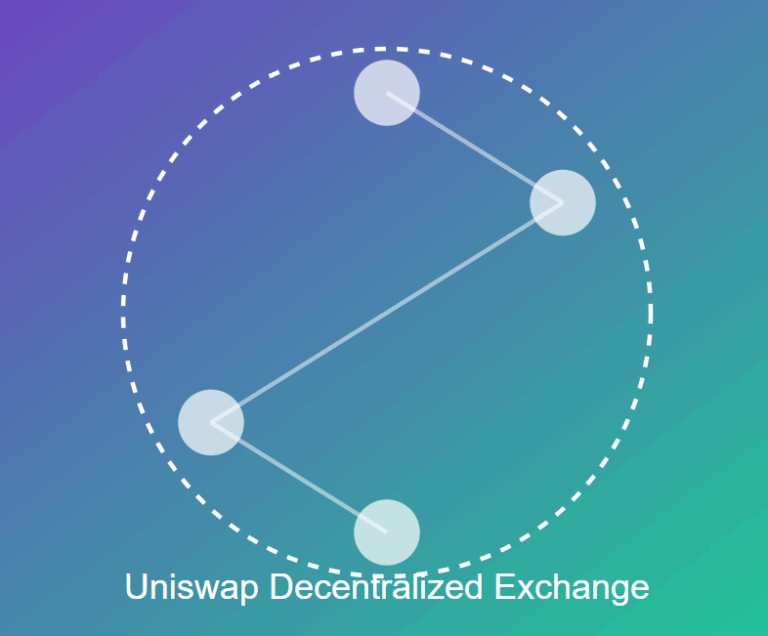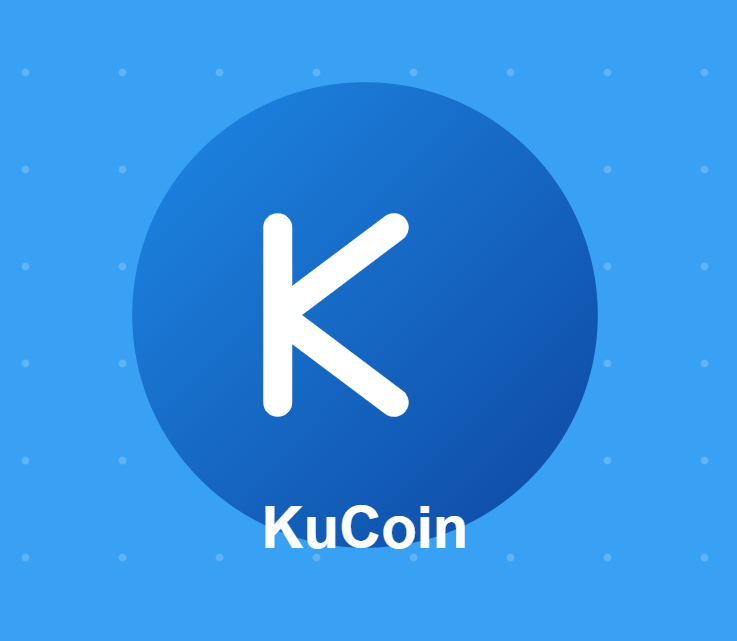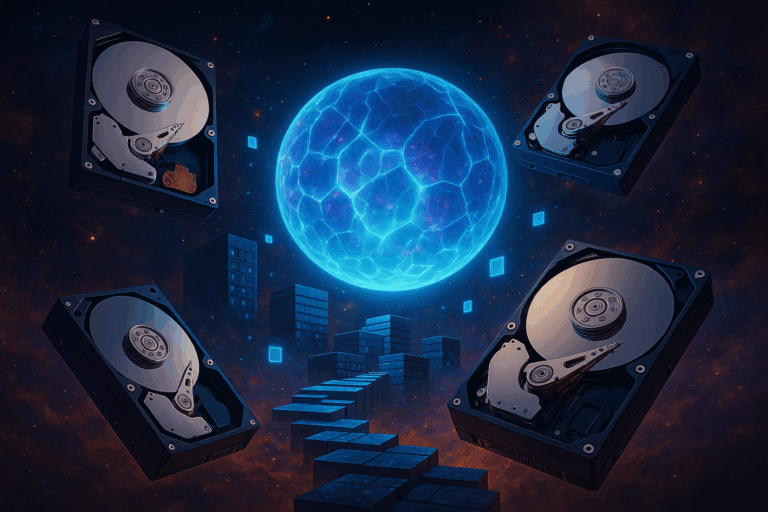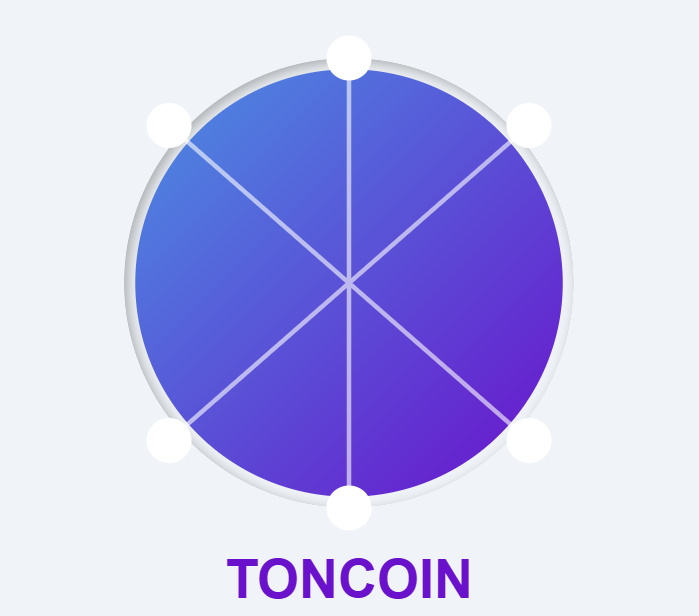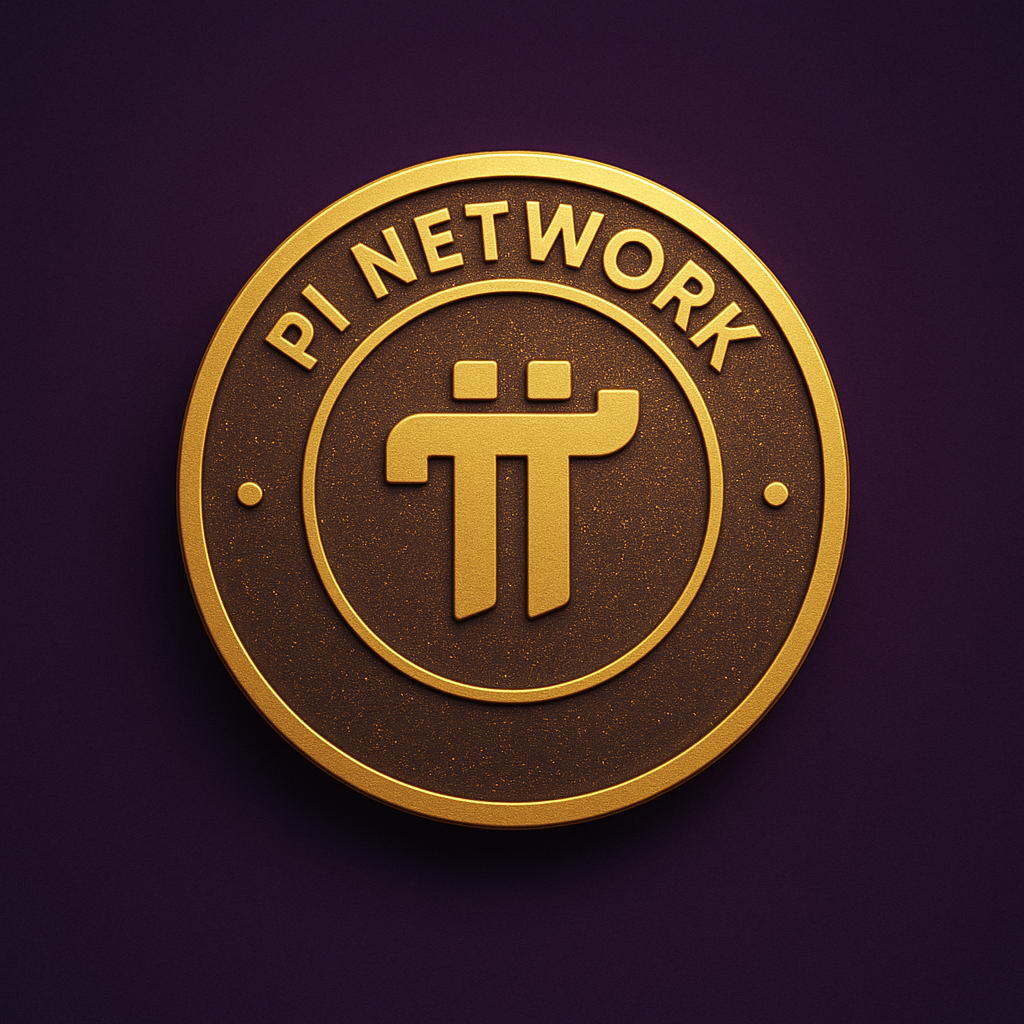
Pi Network
Chapter 1: The Spark
In 2019, a quiet revolution began in the crowded digital space of cryptocurrencies. While giants like Bitcoin and Ethereum continued to dominate the narrative with their massive valuations and volatile swings, a group of Stanford graduates had a radically different vision — to make cryptocurrency accessible to everyday people.
Dr. Nicolas Kokkalis, a computer scientist with a PhD from Stanford, believed that blockchain technology had immense potential, but it had become too elitist. Mining Bitcoin required powerful machines and energy. For most people, especially in developing countries, it was completely inaccessible.
Together with Dr. Chengdiao Fan and Vincent McPhillip, they launched Pi Network, a new form of cryptocurrency that could be mined directly from a mobile phone — no advanced rigs, no electricity bills, just the power of community and trust.
“Let’s build a currency for the people, by the people,” Nicolas declared during the initial pitch. The idea was simple: create a digital currency that doesn’t rely on energy-guzzling proof-of-work systems but instead leverages a “Social Security Circle” — people verify each other’s identity and trustworthiness.
At launch, the app was barely known outside tech circles, but those who joined early were intrigued: mine crypto by tapping once a day? Could this really work?
Chapter 2: Early Adoption and Skepticism
By 2020, word had spread. Pi Network was gaining hundreds of thousands of users. People in countries like India, Nigeria, Vietnam, and Brazil were among the fastest adopters. For many, it was the first time they were participating in a crypto project.
Still, skepticism was rampant.
“No way you can mine real crypto on your phone,” said Reddit threads.
“It’s a scam, there’s no blockchain,” warned countless YouTube influencers.
The developers responded with patience. Pi was still in its early “Testnet” phase, and the real blockchain would only go live after reaching a sufficient level of decentralization and KYC (Know Your Customer) verification.
The community split into two: the hopeful and the doubtful. But even among skeptics, many kept mining “just in case.” After all, it cost nothing.
What they didn’t realize was that they were becoming part of something bigger — a new kind of economy.
Chapter 3: Scaling the Network
By 2021, Pi had grown to over 10 million engaged users — called “Pioneers.” The app added new roles: Contributors (to build trust circles), Ambassadors (to invite others), and even Nodes for those who wanted to support the eventual blockchain infrastructure.
KYC began rolling out — slowly and cautiously. The Pi Core Team wanted to avoid fraud and bots. They partnered with local verification services, built tools for identity confirmation, and emphasized real-user participation.
Meanwhile, skeptics began noticing something unusual: Pi wasn’t just a flashy app. It had no ads, no fees, no data selling — just quiet, steady development.
Nicolas made a statement in a rare podcast interview:
“We are not in a race to launch. We are building something sustainable. We are building for decades.”
The idea of mining without energy cost caught the attention of academics. A few blockchain conferences featured talks about Pi’s consensus model — the Stellar Federated Byzantine Agreement (FBA), a system already used in Stellar Lumens, adapted for mobile mining.
Pi was becoming more legitimate than anyone had expected.
Chapter 4: Marketplace Dreams
In late 2021, the Pi Testnet was fully operational. Developers were invited to build apps inside the Pi ecosystem using the Pi Browser and the Pi SDK. Community projects like decentralized stores, freelance hubs, and micro-lending services began popping up.
The Pi Hackathon attracted thousands of developers. One team from Kenya built a platform called “Pi Farmers” that connected smallholder farmers with urban consumers — using Pi as the payment method.
Another team in Turkey developed “Pi Tutor,” an education platform where students could pay tutors in Pi for live lessons.
The Core Team’s goal was becoming clear: Pi wasn’t just a currency — it was a platform for a peer-to-peer economy.
Still, critics remained vocal. “Until Pi has value, it’s pointless,” they said.
To that, Nicolas replied:
“Value is created by utility. Not speculation. Pi is not built for trading; it’s built for exchange.”
The phrase stuck.
Chapter 5: Mainnet and the Moment of Truth
2022 was the year that changed everything.
After three years of mining and testnet operation, the Open Mainnet was announced. The real Pi blockchain was live. The coins mined so far were migrated to wallets, but with a lock-up period, to avoid immediate dumping and manipulation.
Users could now send Pi to one another, use it in Pi-based apps, and most importantly — spend it in the Pi marketplace.
In the Philippines, an online store called “Pi Mart” went viral after it allowed users to buy groceries using Pi. In Nigeria, second-hand phones and clothing were being traded for Pi in community meetups. In Argentina, small businesses started accepting Pi as a hedge against inflation.
Suddenly, what was once a “useless point system” had become a functioning currency.
Chapter 6: Regulatory Hurdles and Media Attention
With success came scrutiny.
Governments began asking questions: Was Pi a security? Was it legal tender? Could it be taxed?
The Core Team responded by being transparent. They shared whitepapers, audit trails, and invited regulators to understand how Pi works. Pi was not sold via ICO, did not raise funds from investors, and did not promise returns — a major distinction from many failed crypto projects.
The media picked up the story.
Forbes ran an article titled: “Pi Network: A Silent Giant in the Crypto Space.”
Bloomberg interviewed early users who had used Pi to buy their first laptops.
BBC Africa featured a woman in Ghana who paid her children’s school fees with Pi.
Suddenly, Pi was no longer “just another app” — it was a movement.
Chapter 7: Economic Impact and the Digital Poor
By 2023, Pi had over 40 million users. But more importantly, it had created local economies in digital form.
In Venezuela, where inflation was destroying the Bolivar, people were using Pi to trade food, medicine, and clothes. In Afghanistan, women who were banned from banking used Pi to sell handmade jewelry and earn income without a bank account.
Pi had become a form of digital financial inclusion — offering an economic identity to the unbanked.
Academics began calling it “the People’s Blockchain.”
World Bank researchers started observing Pi economies as models for microtrade ecosystems. The fact that Pi wasn’t built for speculation but for circulation gave it surprising resilience.
Chapter 8: Challenges from Within
No revolution is without conflict.
As Pi grew, so did internal tensions. Some early users demanded price listings in dollars. Others pushed for listing Pi on exchanges.
But the Core Team stood firm. “Let’s focus on utility before liquidity,” they said. “A price is meaningless if nobody uses it.”
This caused friction. Some impatient users left. Fake apps and scams pretending to be Pi-related popped up.
The Core Team responded with educational campaigns, strict app reviews, and public bans of dishonest actors.
More importantly, they empowered the Pi Community Moderators, volunteers across dozens of languages who kept the community clean, updated, and supported.
Chapter 9: The First Pi Conference
In 2024, the first Global Pi Conference took place — held simultaneously in 15 countries and streamed online.
Thousands of Pioneers met in person. Developers showcased apps built on the Pi platform. Merchants shared their success stories. A panel discussed “Pi as a Tool for Economic Resilience.”
Dr. Chengdiao Fan gave the keynote:
“The true value of Pi is not in price charts. It’s in the connections we build, the communities we empower, and the lives we improve.”
That line drew a standing ovation.
Chapter 10: A Currency Without a Country
Today, in 2025, Pi has not replaced fiat currencies, nor has it dethroned Bitcoin. But it has quietly done something much harder — it has become useful.
In refugee camps, remote villages, freelance markets, and family businesses — Pi has enabled people to transact, to save, to belong to an economy.
Its price remains a secondary topic. What matters more is what you can do with it.
And perhaps that’s the secret.
Epilogue
The Pi Core Team never launched a token on Ethereum. They didn’t hype through influencers. They moved slowly, deliberately.
They created a crypto network that doesn’t shout, but works.
And maybe that’s what the world needs more of — not more speculation, but more participation.
Not another get-rich-quick coin.
But a get-everyone-in economy.
